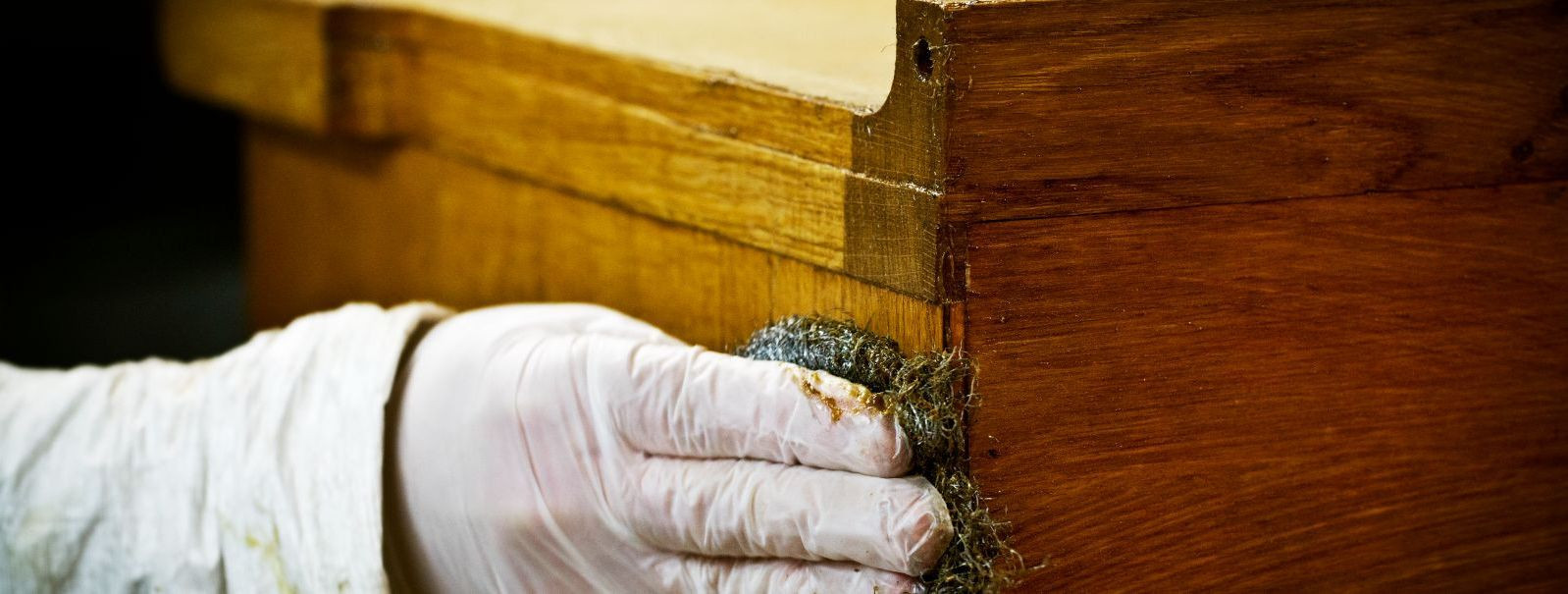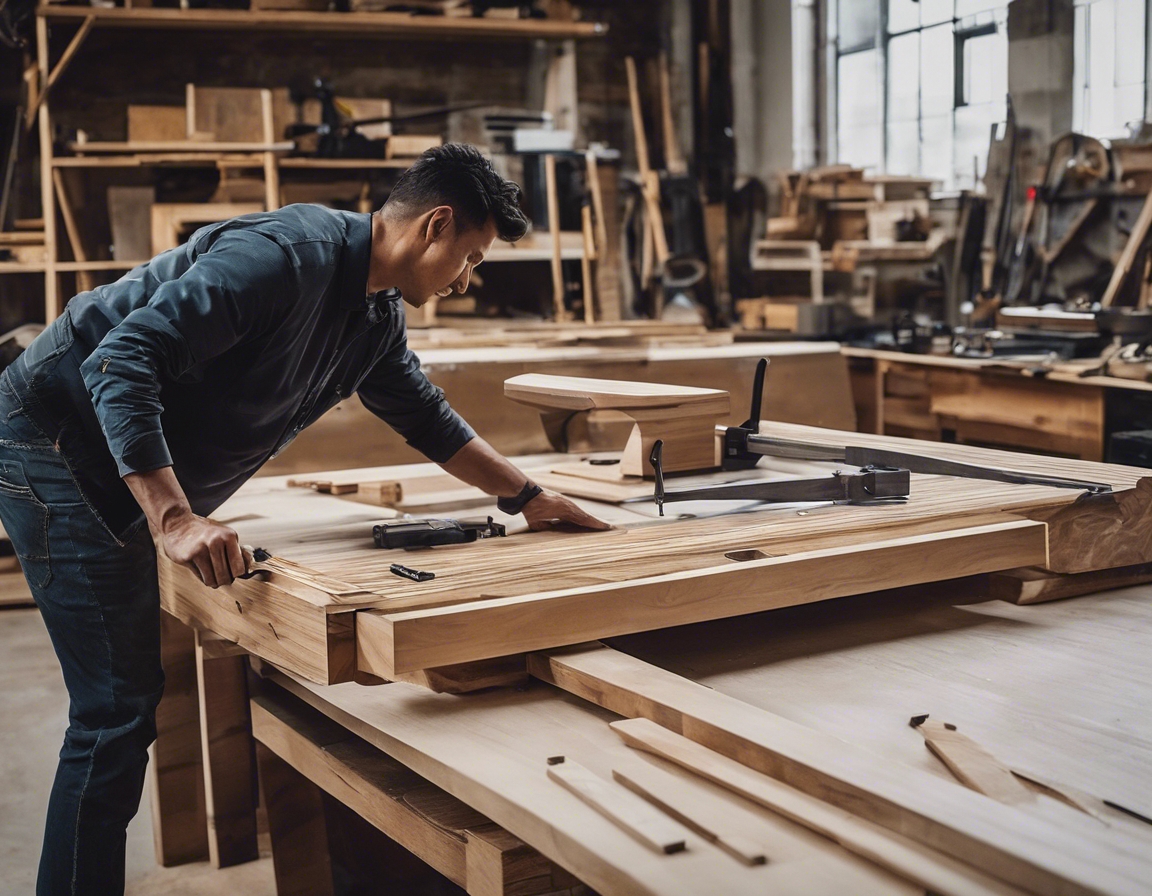The art of antique furniture restoration
Antique furniture pieces are not just functional items; they are a testament to the craftsmanship and design aesthetics of bygone eras. These pieces often carry historical significance and reflect the social and cultural contexts of their time. Understanding the era, style, and construction of antique furniture is crucial in preserving its legacy.
Restoration plays a pivotal role in extending the life and beauty of antique furniture. It involves careful and respectful handling to maintain the piece's authenticity and value. For enthusiasts, collectors, and historians, restoration is a way to connect with the past and preserve it for future generations.
The Restoration Process
The first step in any restoration project is a thorough assessment. This includes documenting the item's current condition, understanding its history, and determining the extent of damage or wear. Detailed records and photographs are essential for maintaining a piece's provenance.
Cleaning is a delicate process that removes dirt and grime without damaging the original finish or patina. Stabilization ensures that the furniture's structure is sound, addressing issues like loose joints or woodworm without altering its integrity.
Repairs may involve fixing or replacing damaged parts. Skilled restorers use techniques that are sympathetic to the original construction methods, often employing traditional joinery and adhesives.
The final steps in restoration may include refinishing surfaces, reupholstering, or applying protective coatings. These processes require a fine balance between enhancing the piece's appearance and preserving its age and character.
Materials and Tools for Antique Restoration
Restorers often use materials that would have been available at the time the furniture was made, such as hide glue, shellac, and natural fibers. This ensures that repairs are in keeping with the piece's original construction.
While honoring tradition, modern restorers also embrace contemporary tools and techniques that can provide better results or more durability. This includes the use of advanced adhesives, precision instruments, and conservation-grade finishes.
Challenges in Antique Furniture Restoration
One of the biggest challenges in restoration is ensuring the authenticity of a piece. This can involve research into styles, materials, and construction techniques of the period, as well as consulting with experts.
Restoration must always be done with the aim of preserving the furniture's integrity and value. Over-restoration can diminish a piece's worth, so it's important to strike a balance between making necessary repairs and maintaining originality.
Why Choose Professional Restorers
Professional restorers, like those at KAMPOL MÖÖBEL OÜ, bring years of experience and a deep understanding of historical furniture. Their expertise ensures that each piece is treated with the respect and care it deserves.
Choosing a professional service means having access to custom restoration solutions tailored to each unique piece. Whether it's a family heirloom or a valuable collectible, professional restorers can provide the necessary skills to bring antique furniture back to its former glory.






Comments (0)